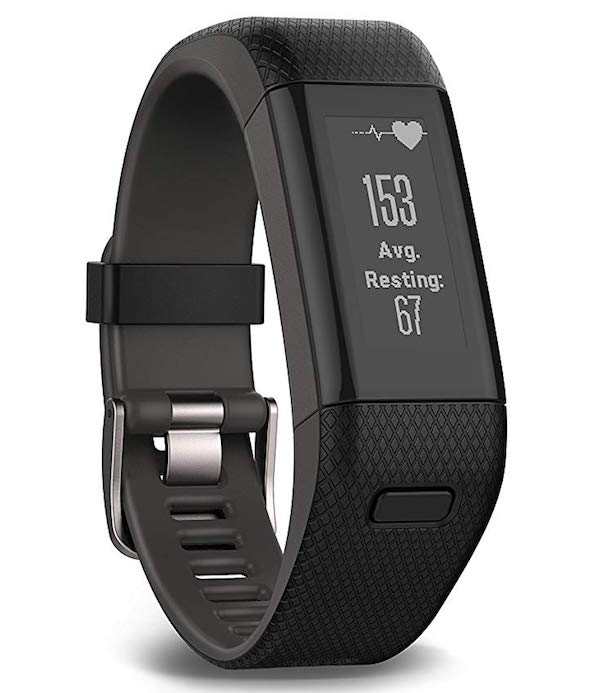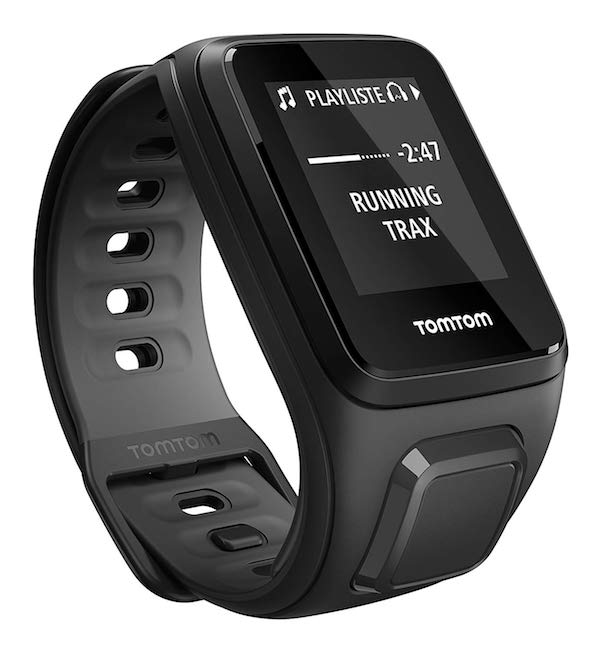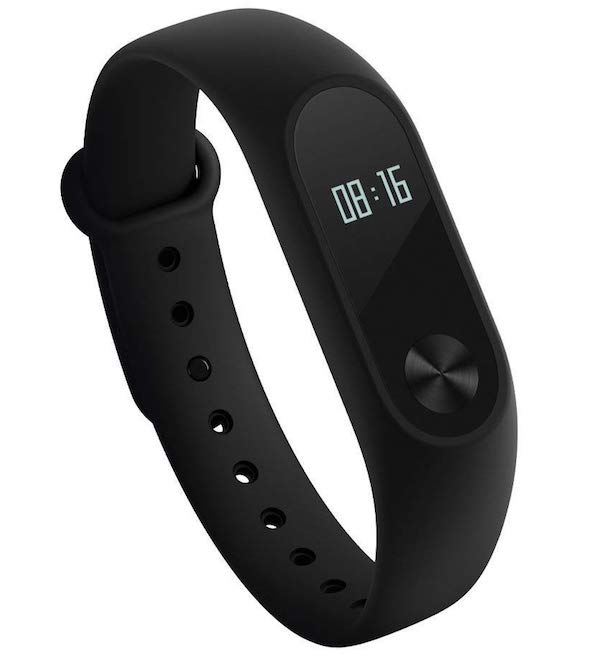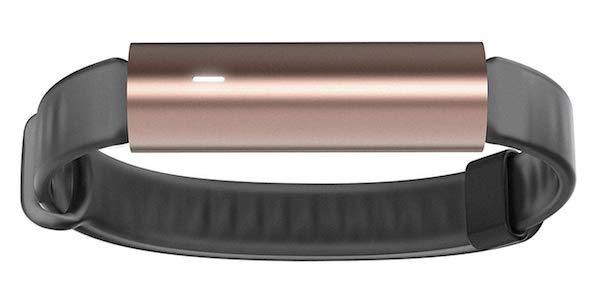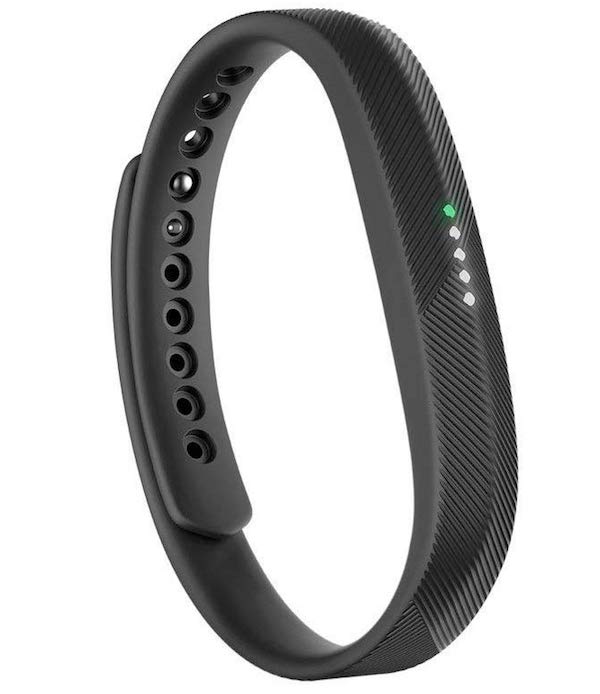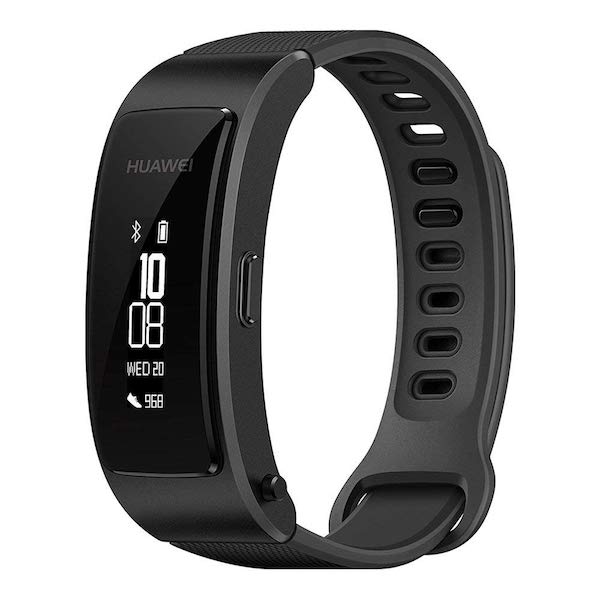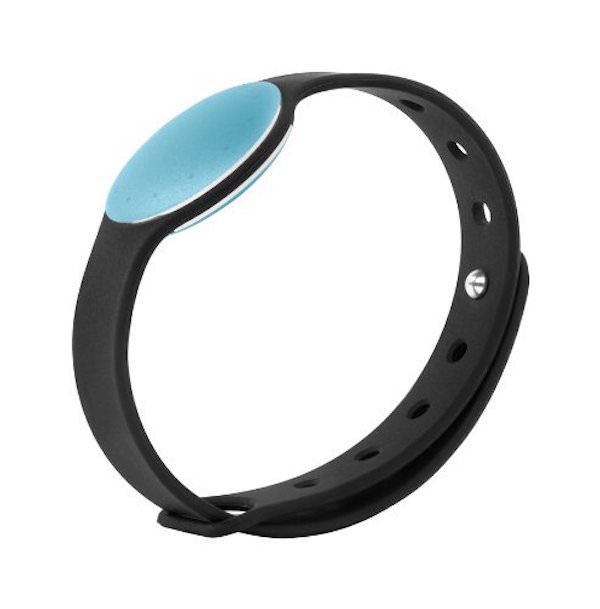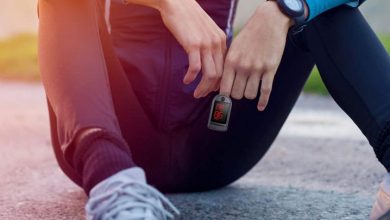
Not only do they serve to monitor your sporting performance, but fitness trackers also enable you to stay informed about your physical condition at all times.
A heart-rate monitor on the chest, GPS watches on the wrist, and other gadgets worn on the body to keep track of your sporting performance data. In recent years, the tools available to runners have undergone significant changes. Now, you only need a fitness tracker that integrates all the necessary functions for your training.
Arriving almost quietly on the world market, fitness trackers have captured a significant portion of the market and also occupied the space previously held by smartwatches, with which they continue to pose a challenge.
Wearables now integrate several sensors and features that are increasingly indispensable in everyday life, and not just for runners. Activity trackers have become a real cult object, useful for monitoring both sports performance and vital parameters, such as heartbeat and body temperature, as well as counting the steps taken every day.
On the market, different models are available with varying price ranges. Some also integrate a small screen where you can check “live” data from your body; others, instead, communicate directly with the application available on leading online stores. If you’re undecided about which fitness tracker to buy, here’s a buying guide to help you make an informed decision for Black Friday.
Fitbit Charge 2
Let’s start with one of the best fitness trackers on the market. Fitbit is one of the leading companies in the industry, and over the years, it has managed to win the trust of users, thanks to its wearable devices with truly unique features. And the Fitbit Charge 2 is proof of this.
The fitness tracker features a special PulseSecure technology that enables real-time heart rate monitoring directly on the wearable’s small screen. Additionally, the device offers valuable guidance on enhancing your cardio activity by tracking the results achieved during workouts.
Logically, all leading fitness trackers collect data on the number of steps taken during the day, the distance traveled, the number of calories burned, and the amount of sedentary time.
The Fitbit Charge 2 also features a Multi-Sport technology that automatically recognizes the sporting activity you are performing (running, cycling, weightlifting) and provides the most critical statistics in real-time on the OLED screen. Additionally, data is collected on the application, available for both smartphones and tablets, allowing users to analyze it at a later time.
The wearable also monitors the sleep phases, providing suggestions on how to improve their quality. By activating the smartphone’s GPS and synchronizing the fitness tracker, you can view the route taken on the screen and identify the stretches where you have been stronger.
Finally, it also offers a guided breathing session based on your heartbeat. The battery has a duration of five days. The Fitbit Charge 2 is a fitness tracker suitable for everyone, but its price is relatively high: to purchase the wearable, you need to spend a figure close to $150.
Garmin vívosmart HR Activity Tracker
Garmin Vivosmart HR is one of the best alternatives to the Fitbit Charge 2 on the market. It is a product that combines the functionality of a fitness tracker with that of a smartwatch. The device from the US company enables both monitoring of vital parameters and receiving notifications from the smartphone on the wearable’s screen.
Collects data on steps taken, sleep quality, and calories burned, and offers tips to improve their sports performance. Additionally, it vibrates to remind the user to engage in physical activity and avoid spending too much time in front of the personal computer.
You can synchronize the Garmin Vivosmart HR with your smartphone. In essence, notifications will arrive directly on the fitness tracker, and you can decide whether or not to take the phone to answer a call from your work colleague. The price?
TomTom Runner 2 Cardio
Usually, the name TomTom is associated with the satellite navigation sector. However, the company decided to diversify its offerings and entered the fitness world. In addition to producing GPS watches, it also created fitness trackers with exciting features and features developed specifically for runners.
The device constantly monitors the heartbeat, as well as the route taken, altitude, average speed, and distance. All data can be uploaded to your cloud space through the application, which is available for both Android and iOS. Additionally, the TomTom Runner 2 Cardio allows you to listen to your favorite tracks while engaging in physical activity.
Fitbit Surge
Despite being on the market for over a year, few fitness trackers can compete with the Fitbit Surge from both a performance and a design standpoint. Defining it as an activity tracker is perhaps a bit simplistic, but it lacks the comprehensive software capabilities of a smartwatch. The Fitbit Surge features a high number of sensors, including an accelerometer, gyroscope, digital compass, heart rate monitor, GPS, and altimeter.
Compared to other fitness trackers from the same company, this model features a touchscreen display that allows for real-time interaction with the data collected by the device. The activity tracker can be synchronized with central mobile operating systems, allowing it to display smartphone notifications on the screen and alert the user to incoming messages and calls. Monitor the user’s sleep quality and wake them up with a vibration. The battery lasts about seven days.
Xiaomi Mi Band 2
Xiaomi does not betray the expectations of its fans, and with the second version of the Mi Band, it manages to improve on the already excellent work done with the first model. Compared to the fitness trackers we have presented so far, the Xiaomi Mi Band stands out with a less refined design.
However, this does not mean that the quality of the activity tracker is inferior to the competition; far from it. Compared to the first model, the Xiaomi Mi Band 2 features a tiny OLED screen that displays real-time information on the activity performed and notifications received on the smartphone, which can be synchronized with both Android and iOS smartphones. However, the real strong point of the smart band is its battery life: without having to support the exuberant requests of a generous screen, the Mi Band 2 ensures continuous use of more than 20 days.
The user can track the steps taken, distance traveled, heart rate, and calories burned throughout the day. Further information will be available for analysis directly on the application developed for smartphones and tablets. Additionally, the fitness tracker is seamlessly integrated with the other devices from the Chinese company: simply bring the wearable device to the Xiaomi MI 5 to unlock the smartphone.
Misfit Ray
Usually, fitness trackers are not considered fashion objects: they often have a rather unappealing design and rarely match well with T-shirts and watches. But the Misfits Ray wants to subvert this bad habit. The fitness tracker features a unique design that resembles a standard bracelet. If the strap is made of silicone, the heart of the activity tracker is made of aluminum and incorporates all the necessary sensors to track your workouts. Furthermore, the aluminum part contains three batteries, which are expected to last approximately six months.
Thanks to the application that supports Misfit devices, it is possible to monitor various statistics, sleep quality, and other valuable data to understand how the day went. The price is the sore point of wearable devices: it can be purchased at a figure close to ninety euros, which is high for a fitness tracker that does not even offer an OLED screen (there is only one LED notification). But the company aims to sell the wearable as if it were a jewel, focusing on an unexplored niche market.
Fitbit Flex 2
The removable fitness tracker. The Fitbit Flex 2 allows users to detach the activity tracker from its strap and attach it to bracelets, necklaces, or other wearable accessories. In this way, the wearable can also be combined with sweaters, skirts, boots, and earrings.
Logically, the Fitbit Flex 2 integrates all the features of a standard fitness tracker, counting steps, collecting data on calories burned and distance traveled, and reporting sedentary moments.
The LED display provides notifications that will appear on the smartphone, as well as other information, to keep at hand. Thanks to the Smart Track function, which automatically recognizes the physical activity performed and displays the available application data for both Android and iOS smartphones.
Compared to other models from the same company, the Fitbit Flex 2 is completely waterproof and can also be used while swimming. Monitor the quality of your sleep and ensure a gentle awakening with the “smart” alarm clock. The price is around one hundred euros.
Huawei TalkBand B3
A fitness tracker or Bluetooth headset? It may seem a rather bizarre question, but if you refer to the Huawei TalkBand B3, this is not the case. The smart band developed by the Chinese manufacturer can transform into a Bluetooth headset if necessary, showcasing a dual nature that sets the fitness tracker apart.
The touchscreen, which is sized below the thumb, allows you to be informed about both the notifications that arrive on the smartphone and the vital parameters. Through this gesture, you can view the list of contacts or check the data from your last workout. Logically, this hybrid nature also increases the price: the Huawei Talkband B3 can be purchased for $109.
Misfit Shine
For those seeking an activity tracker with minimal frills and an affordable price, the Misfit Shine is one of the best choices. The low-cost fitness tracker boasts a plastic body that helps reduce the cost while still offering beneficial features. It monitors all the most important parameters (pedometer, calories) and also allows you to immerse it up to a maximum depth of 30 meters. It supports both the Android and iOS mobile operating systems.

